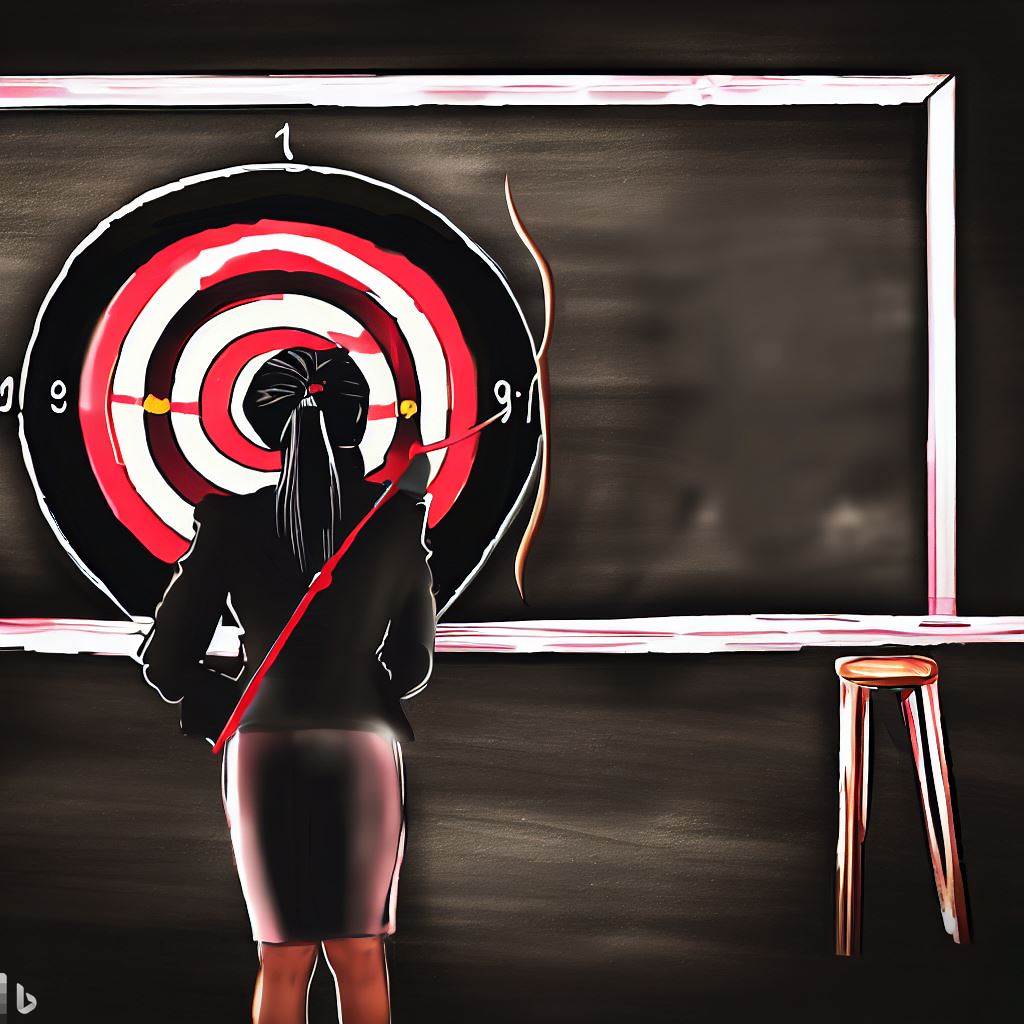Guidebook: Designing an Alternative Assessment Where Learners Use GenAI
This step-by-step guidebook will provide instructions, questions to ask yourself, and resources. Following these steps will help you create an alternative assessment where students use GenAI.
3. Consider your L.O.
Course Learning Objective
 The first step is to align your assessment to your courses’
learning objectives. Which of your course objectives will this assignment
evaluate? Once you have identified this objective, keep it in mind as you continue
the design work – this is the skill (or knowledge or attitude) that the
assessment must evaluate.
The first step is to align your assessment to your courses’
learning objectives. Which of your course objectives will this assignment
evaluate? Once you have identified this objective, keep it in mind as you continue
the design work – this is the skill (or knowledge or attitude) that the
assessment must evaluate.
Digital Literacy Learning Objective
Since GenAI is new, most courses will not have had the time to include language pertaining to it in their course learning objectives. However, the use of GenAI may address an existing goal – for example, helping students learn how to research information, how to cite information, how to avoid plagiarism, or broader digital literacy goals.
You may wish to refine the wording of your course learning objective to apply directly to GenAI as you work through this assessment. This is for your own purpose and it will help you stay focused. For example, you may want your students to:
- Explore the applications and implications of GenAI for society;
- Develop critical thinking, digital literacy, and AI literacy skills to evaluate and use GenAI tools effectively and ethically;
- Demonstrate creativity, innovation, and problem-solving skills by using GenAI tools to create original and relevant content for various purposes.
If you cannot tie the use of GenAI to one of your course objectives, consider why you wish to include it in this assessment. Should it be added? Or, do the course learning objectives need to be modified to include it?
Questions to Consider
Cornell University provides a very thoughtful guide to how and when and why to include GenAI in an assessment activity. It presents excellent philosophical considerations when engaging in this type of assessment. Reading through this short document is highly recommended at this stage.